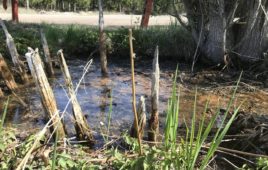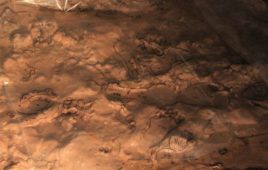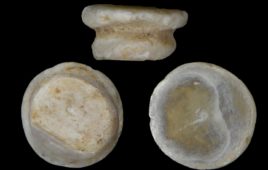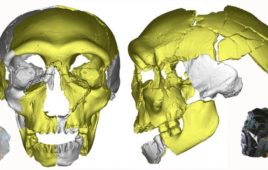A team of paleontologists made a discovery in Western Canada that could upend our understanding of how pterosaurs evolved.
An upper arm bone and vertebrae were found on Hornby Island in British Columbia, according to Nature.
Analysis of these bones indicated the dinosaur had a wingspan stretching almost five feet and was about as a tall as a housecat. The team noticed that the vertebrae were starting to fuse together indicating the creature was an adult when it died.
These results suggested that the tiny pterosaur existed alongside its larger brethren during the late Cretaceous period, reported The Verge. Those other specimens could be as big as giraffes.
“It’s quite different from other animals we’ve studied. There hasn’t really been evidence before of small pterosaurs at this time period,” said Elizabeth Martin-Silverstone, the study’s lead author and a palaeobiologist at the University of Southampton, in a statement referencing the new dinosaur.
However, there’s a caveat to this experiment because this study utilizes a small group of bones hampering efforts to provide definitive proof this pterosaur existed.
Alexander Kellner, a paleontologist at Brazil’s National Museum, told Nature that he praised the authors for their work, but the specimen wasn’t complete.
“If they had a skull, jaw or neck bones that would help. The classification? I don’t know. It could be anything,” he added.
The researchers acknowledge that they only have one data point, but they ruled out the likelihood that these bones could be from other animals. A fused backbone meant it didn’t come from a bird whereas the arm bone’s lack of hatchet shaped crest meant it wasn’t a nyctosaur, which is a small marine pterosaur.
Still, more bones need to be identified in order to strengthen evidence of these small, ancient birds.
The study was published in the journal Royal Society Open Science.




